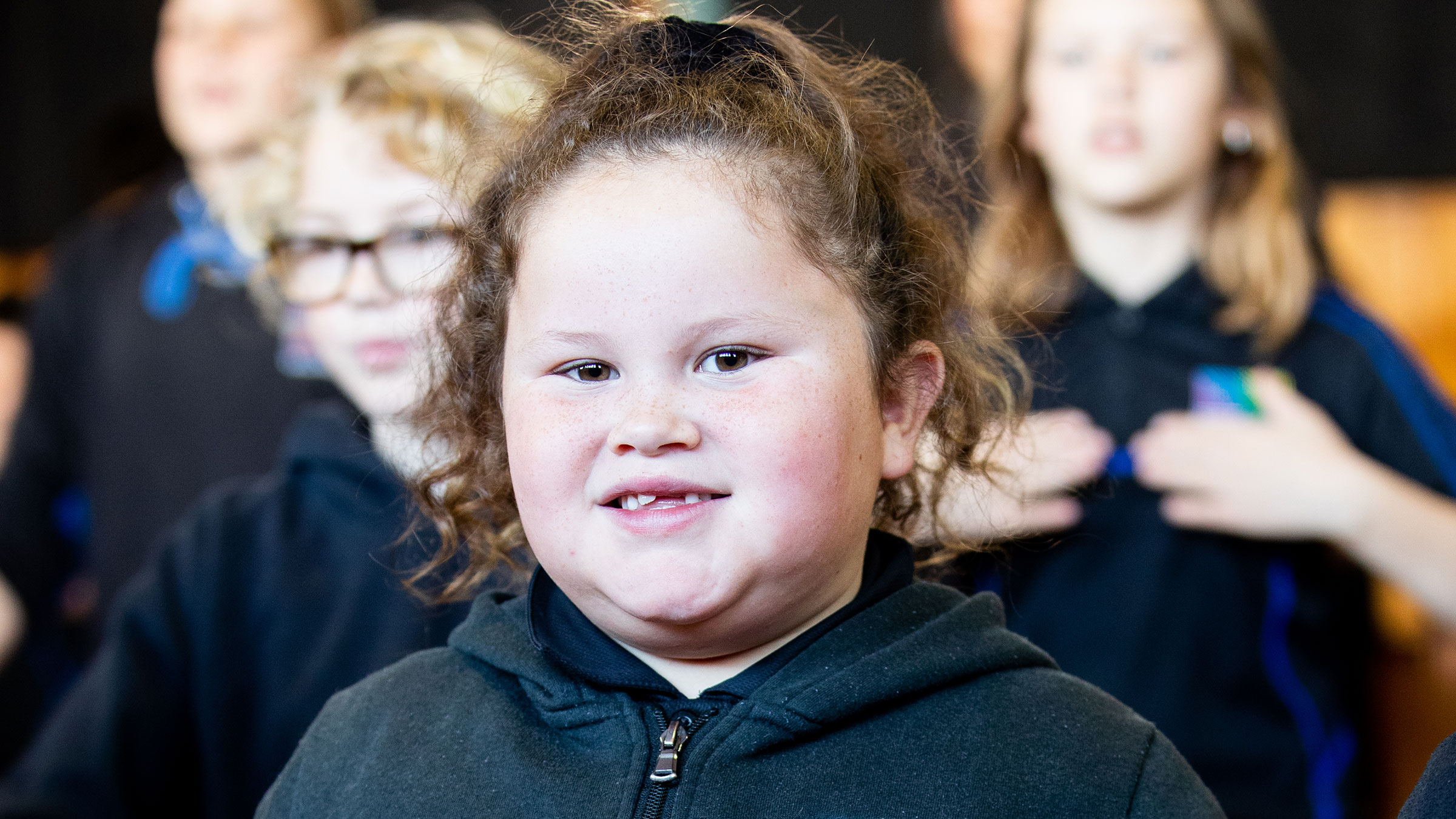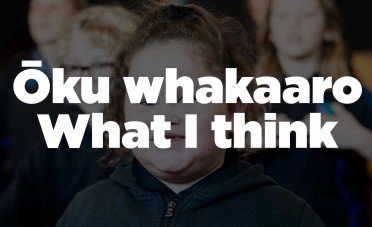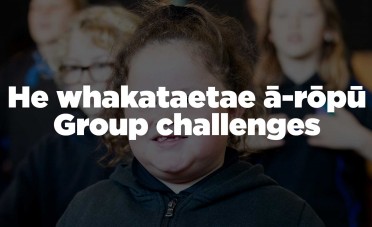Kotahitanga Working as one
Identify and discuss the skills and values needed to mahi tahi (work as one).
Exploring te ao kori — Activity collections
This resource is part of a series within the Exploring te ao kori activity collections called Te āta whakaaroaro i te ao kori | Reflecting on te ao kori.

Intended outcomes
Ākonga:
- explore the elements of relationships in pairs and small groups
- identify and compare ways of maintaining and enhancing relationships when working in co-operative group activities in te ao kori
- create and perform group dances and rhythmic chants based on the concept of kotahitanga (working as one)
- reflect upon their experiences and the concept of kotahitanga (working as one) in dance and music
- describe the characteristics and purposes of music in a range of contexts and settings.
Suggested approach
Ākonga view an image of the painting Digging with the Ko by Gottfried Lindauer and brainstorm what they see in the painting regarding the way in which the people are working together. Ākonga are introduced to the concept of kotahitanga (working as one).
Ākonga identify the skills, attitudes and values, and actions that are needed to be able to work successfully in a group. In groups of four to six, ākonga are given a card that has one word written on it in te reo Māori, with its English meaning following, that describes an important skill, attitude, or value for group work. Words to use could include: āwhina (helping, assisting, befriending, providing moral support), mahi-ā-ngākau (work of the heart), mana (integrity), manaakitanga (hospitality and generosity), rangimārie (tolerance, being at peace with oneself and the environment), speak (kōrero), listen (whakarongo) and tikanga.
Ākonga discuss what their word might look like in a real setting – what actions and/or shapes do people make that illustrates this word?
In small groups, ākonga portray the actions of their word, for example, for kōrero, they could use their face and hands to mime words coming out of the mouth.
Ākonga explore different ways in which this can be exaggerated – make it bigger, smaller, faster, slower, softer, stronger, towards each other, to the audience.
Ākonga perform three to four variations of the word to the class. They identify how using their skill, attitude, or value helps to build and maintain relationships with others in the group. Also, they may be able to identify how the word might be demonstrated differently in different settings or situations.
Ākonga listen to work chants and songs from other cultures, noting the rhythm and how this could contribute to the ability of the people using the chant or song to work together – hauling in the canoe, paddling across the sea, washing clothes, planting and harvesting crops. For example, listen to the music of the contemporary Tokelau group Te Vaka (Into Music 2 and New Zealand Music for Creative Dance (Cossey, 2001)) and/or music from other folk and ethnic cultures.
Ākonga make four- to eight-lined chants using te reo Māori vocabulary with matching movements, for example, pakipaki, pakipaki, ki runga, ki raro, hurihuri, peke, whana (clap, clap, up, down; turn around, jump, kick) for sixteen counts.
Ākonga explore moving in pairs and small groups, copying each other's movements in unison, face to face, leading/following, side by side, towards, away, and around and away from each other in a variety of formations, levels, speeds, travelling, and non-travelling movements.
Ākonga explore chanting by using call and response techniques – leading/following or echoing. Ākonga need to keep a strong beat and listen to and imitate rhythmic chanting in time together and to the movements.
Using the concept of kotahitanga and the experiences above, ākonga can create group dances and chants, incorporating unison movements, rhythms, and unison vocalising.
Ākonga perform the group dance for the class.
Ākonga reflect upon the concept of kotahitanga in dance – their own dances and chants and those of others, such as kapa haka (performance group), ballet, and salsa.

